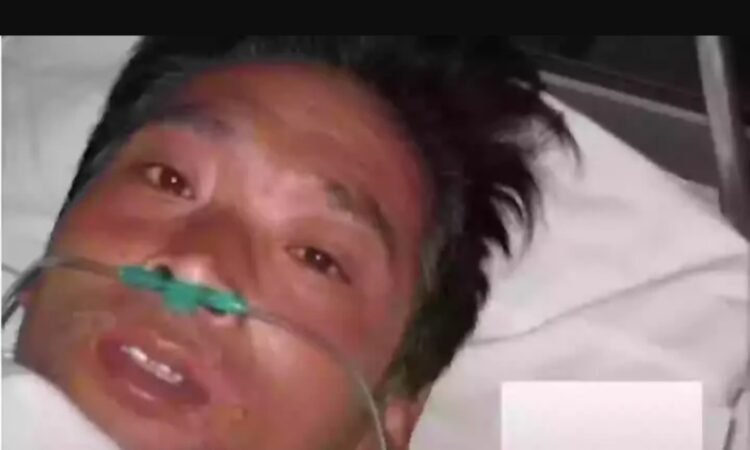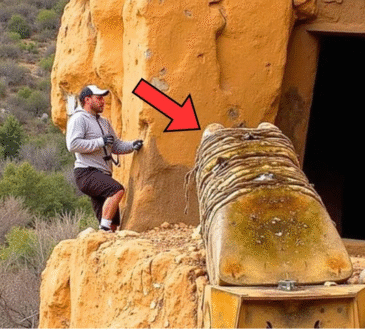Horrific incident that led to man suffering ‘most painful death ever’ where he cried blood and was kept alive for 83 days

Back in 1999, something truly tragic happened at the Tokaimura Nuclear Power Plant in Japan. A man named Hisashi Ouchi suffered one of the worst and most painful deaths ever recorded after being exposed to a massive amount of radiation. What makes his story even more heartbreaking is that he was kept alive for 83 days, even as his body slowly shut down, and he went through unbearable pain—at one point, even crying blood.
Ouchi was 35 years old and a former high school rugby player. He had a wife and a young son waiting for him at home. He worked at the nuclear facility with two other men, Masato Shinohara and Yukata Yokokawa. On September 30, 1999, the three of them were asked to prepare a new batch of nuclear fuel. Unfortunately, they weren’t properly trained for the task they were given. While trying to do the job, they made a serious mistake. Instead of using the safe amount of uranium, they added far too much—more than 13 kilograms over the legal limit. They did the mixing by hand, which was extremely dangerous.
As soon as they added the extra uranium, a bright blue flash lit up the room. That light was from a nuclear reaction going out of control. Invisible but deadly gamma rays were released into the air. All three workers were exposed to high levels of radiation instantly, but Hisashi Ouchi was standing closest to the tank. He received the highest dose—17,000 millisieverts. To understand how extreme that is, consider this: the safe yearly limit for someone working around radiation is 20 millisieverts. Even people who responded to the Chernobyl disaster got between 20 and 500 millisieverts. Ouchi’s exposure was far beyond fatal.
His body started breaking down quickly. The radiation wiped out his white blood cells, leaving him without an immune system. That meant even a minor infection could have killed him. But his condition was far worse than that. His skin began to peel off, and his internal organs started failing. His body couldn’t hold fluids properly, and he began leaking bodily fluids through his skin. He cried blood. He had several heart attacks and suffered intense pain every day. Yet, he was still kept alive.
Doctors tried everything to save him. He went through many surgeries, including skin grafts, blood transfusions, and even stem cell treatments. But none of it helped. His body was too damaged to recover. Despite all this, his family kept hoping for a miracle and asked the doctors to continue trying to keep him alive. Some people believe it was more about hope and love than science at that point.
For 83 days, he was kept alive in a special hospital room designed to protect him from infections. But the suffering didn’t stop. Eventually, on December 21, 1999, Hisashi Ouchi died from multiple organ failure. He was remembered by many as “Radioactive Man,” a painful nickname that reflected the horrible way he died.
His story is still talked about today because of how extreme his suffering was. It’s a powerful reminder of the dangers of nuclear power when safety rules are ignored or workers are not properly trained. And it’s a heartbreaking example of how sometimes, even with all our technology, we can’t undo certain mistakes.




